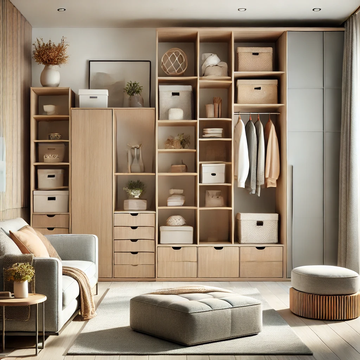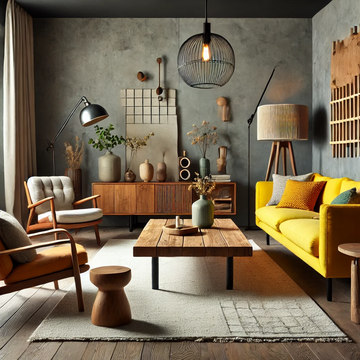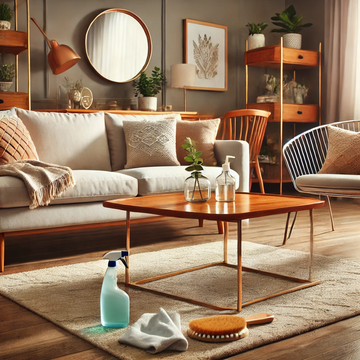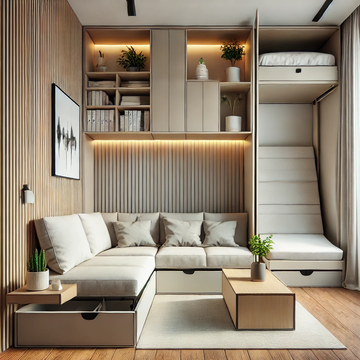Why Binoculars Matter
Have you ever been out in nature, only to spot a magnificent bird or a distant landmark, and wished you could get a closer look? That’s where binoculars come in. Whether you're keen on birdwatching, stargazing, or simply enjoying the great outdoors, having the right pair of binoculars can make all the difference. It's like having a pair of super-powered eyes that bring distant wonders right into your field of view. So, let’s dive into how to choose the perfect binoculars for your needs.
Understanding Binocular Basics
Before you get lost in the sea of options, it's crucial to understand what binoculars are and how they work. Binoculars essentially magnify objects and allow you to view them with both eyes, providing a more immersive experience compared to a single-lens telescope.
Types of Binoculars: There are mainly two types to consider—Porro prism and Roof prism. Porro prisms have a classic design with offset lenses, providing a wider field of view and often being less expensive. Roof prisms are more compact and streamlined, making them a good choice if you’re after something that’s easy to carry around.
Key Features to Consider
So, what should you look for when choosing binoculars? Let’s break down the key features that will make a significant impact on your viewing experience:
Magnification Power: This is the first number you’ll see in binocular specs, like 8x42. The "8x" means the binoculars magnify objects eight times closer. For birdwatching or general use, 8x magnification is usually just right. If you're into stargazing or need more detail, you might consider something higher, but remember, higher magnification can also mean a shakier image.
Objective Lens Size: The second number, like "42" in 8x42, indicates the diameter of the objective lenses in millimetres. Bigger lenses let in more light, which means brighter and clearer images, especially in low light. However, larger lenses also make the binoculars bulkier, so it’s about finding the right balance for your needs.
Field of View: This is how wide an area you can see through the binoculars. A larger field of view is great for tracking moving objects, like birds in flight or athletes on the field. It’s like comparing a wide-angle lens to a zoom lens on a camera.
Eye Relief: If you wear glasses, eye relief is essential. It’s the distance from the eyepiece where you can still see the entire field of view. More eye relief means you won’t have to press your glasses against the lenses to get a full view, making your experience much more comfortable.
Close Focus Distance: This tells you how close you can get to an object and still see it clearly. If you’re into detailed observation of nearby objects, like insects or flowers, a shorter close focus distance is beneficial.
Choosing the Right Binoculars for Your Needs
Birdwatching: If birdwatching is your thing, you’ll want binoculars that offer a wide field of view and good light-gathering capabilities. A pair with 8x42 magnification is often ideal, giving you a nice balance between power and clarity.
Hiking and Outdoor Use: For hiking or general outdoor activities, look for binoculars that are rugged and lightweight. Waterproof and fog-proof features are a bonus, as they ensure your binoculars can handle different weather conditions and rough handling.
Stargazing: Stargazing requires binoculars with a larger objective lens to capture more light. Consider models with 10x50 magnification for clearer views of celestial objects, although they might be a bit heavier to hold.
Sports and Events: For sports or live events, portability and ease of use are key. You’ll want something compact with good magnification to get a closer view of the action without being cumbersome.
Budget Considerations
Entry-Level Binoculars: If you’re just starting out, there are plenty of affordable options that still offer great quality. These are perfect for getting a feel for what you need without breaking the bank.
Mid-Range Binoculars: In the mid-range, you’ll find a good balance of quality and cost. These typically offer better optics and build quality, making them a good choice for serious enthusiasts.
High-End Binoculars: For those who want the best of the best, high-end binoculars offer superior optics, durability, and advanced features. They’re a significant investment but can be worth it for dedicated users.
Practical Tips for Using Binoculars
Adjusting for Comfort: When you first use your binoculars, take the time to adjust the eyecups and the interpupillary distance (the space between the eyepieces) to suit your eyes. This ensures a comfortable and clear view.
Maintaining Your Binoculars: Keep your binoculars clean and dry. Use a soft cloth to clean the lenses and store them in a protective case to avoid scratches and dust.
Testing Before Buying: If you can, try out the binoculars before purchasing. Look through them in-store, check the focus, and see how comfortable they feel. It’s like test-driving a car before you buy it—you want to make sure it’s the right fit.
Final Thoughts
Choosing the right binoculars doesn’t have to be overwhelming. By understanding the basics and considering your specific needs, you can find a pair that will enhance your viewing experience and help you enjoy your favourite activities even more.
Ready to Find Your Perfect Pair?
At SupplySwaps, we’ve got a range of binoculars to suit every need and budget. Explore our collection and get expert advice to find the binoculars that are just right for you. So go ahead, take a closer look at the world with confidence!




